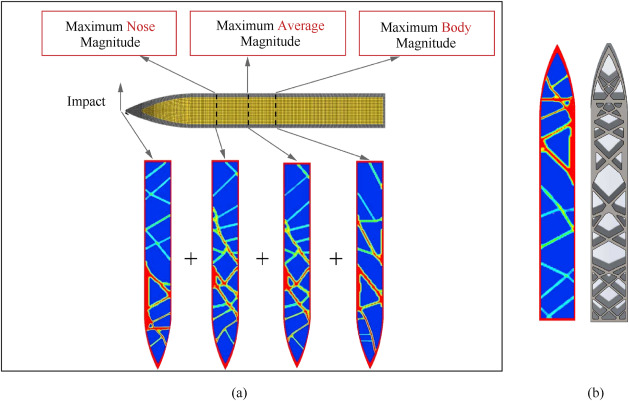Podemos clasificar las cabezas de combate en tres tipos: de fragmentación, de carga hueca y penetrantes. Los métodos de fabricación tradicionales se enfrentan a limitaciones a la hora de aprovechar al máximo el potencial de daño de ellas. Sin embargo, la tecnología de fabricación aditiva (AM) permite la fabricación de estructuras complejas con componentes personalizados a bajo coste y alta precisión, lo que conduce a una nueva revolución en la producción de munición. En este artículo se analizan los principios, las clasificaciones y las características de varias tecnologías AM, especialmente para la fabricación de elementos y cargas de proyectiles. Se destacan las tendencias emergentes, como las tecnologías AM multimaterial, híbridas e inteligentes. El artículo también analiza las aplicaciones, los problemas actuales y el progreso de las tecnologías AM en la producción de munición, y pronostica las perspectivas futuras.
Abstract
According to different damage modes,
warheads are roughly divided into three types: fragmentation warheads,
shaped charge warheads, and penetrating warheads. Due to limitations in material and structural manufacturing, traditional manufacturing methods make it difficult to fully utilize the damage ability of the warhead.
Additive manufacturing (AM) technology can fabricate complex structures, with classified materials composition and customized components, while achieving low cost, high accuracy, and rapid production of the parts. The maturity of AM technology has brought about a new round of revolution in the field of warheads. In this paper, we first review the principles, classifications, and characteristics of different AM technologies. The development trends of AM technologies are pointed out, including multi-material AM technology, hybrid AM technology, and smart AM technology. From our survey,
PBF,
DED, and
EBM technologies are mainly used to manufacture warhead damage elements. FDM and
DIW technologies are mainly used to manufacture warhead charges. Then, the research on the application of AM technology in three types of warhead and warhead charges was reviewed and the existing problems and progress of AM technologies in each warhead were analyzed. Finally, we summarized the typical applications and look forward to the application prospects of AM technology in the field of warheads.


